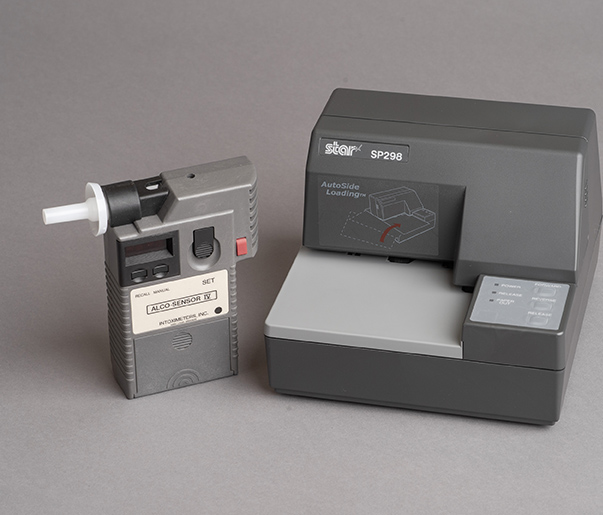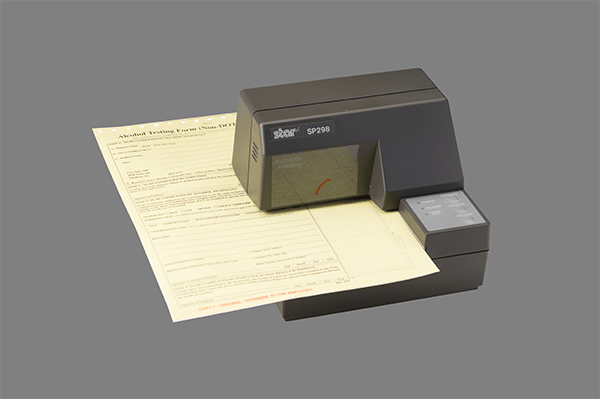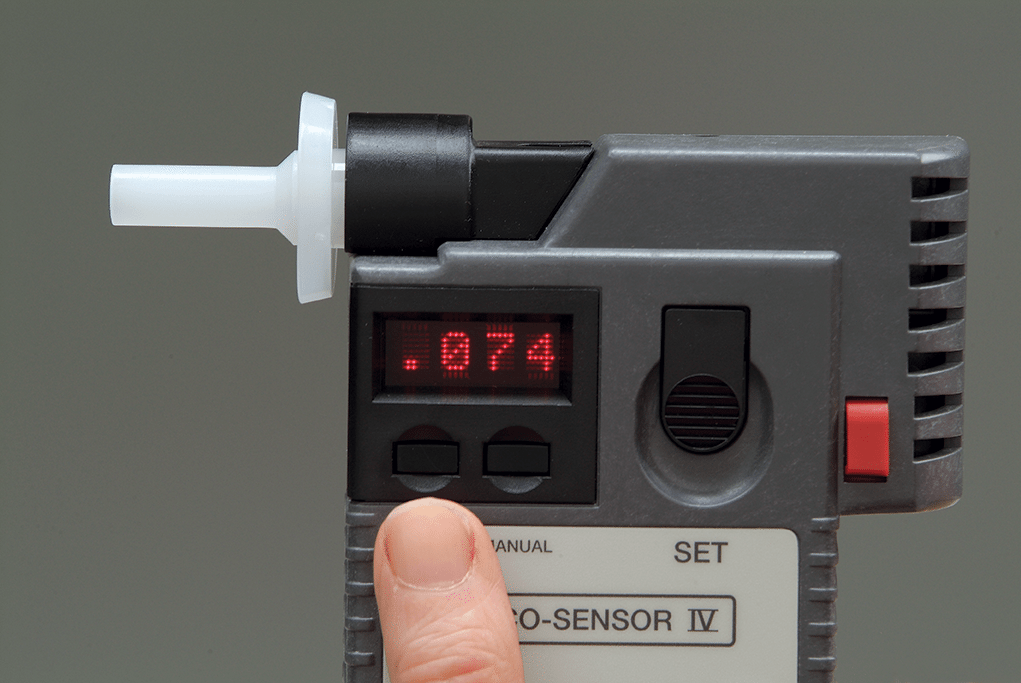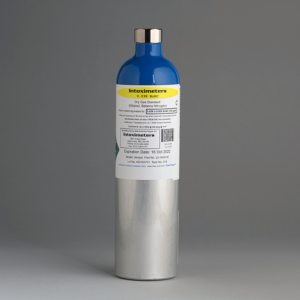Description
Alco-Sensor IV with Memory and Slip Printer
The Alco-Sensor IV with Memory and Slip Printer is intended for Regulated and Non-Regulated workplace testing programs that are stationary. The Alco-Sensor IV with Memory is:
- Approved by the U.S. DOT as an evidential breath alcohol testing device
- Evidential accuracy exceeds +/- .005 at .100 BrAC
- Great for stationary Regulated and Non-Regulated workplace testing programs
- LED display prompts the operator through a DOT testing sequence, greatly reducing operator error
- Automatic breath sampling triggers when the subject delivers a continuous deep lung breath sample
- Device is engineered with manual breath sampling capabilities for subjects with shy lung or uncooperative subject
- Automatic 15-minute wait period countdown following a positive screening test result of .020 or greater
- Automatically begins a confirmation test following the 15 minute wait period
- Stores over 70 test results in memory
- Connects to a Slip Printer which prints results directly onto the Alcohol Testing Form (ATF)
- Test records print the test result, device serial number, test number, date and time of test and Air Blank results directly onto the ATF
- Computer capable: Total Recall software facilitates uploading test results to a computer and generates customized reports from a database of test results
- Two year factory warranty








Question
Abdul Alturck –
I’ve been advised against instituting a workplace alcohol testing program. I run a dental office, and have about 20 employees of various ages and stages of healthfulness. I have a couple employees whom I suspect of either residual alcohol levels or drinking during business hours. I’m thinking of instituting random checks throughout the staff just so its not perceived as against these particular employees. But, due to the various chronic conditions of the remaining staff, like diabetes, asthma, hyper or hypothyroidism and legitimate prescription narcotic use, I am afraid of what they call “false positives”. My attorney has suggested that might help with the two suspects, but open can of worms with the remainder of the staff, if a positive does happen to occur. (he specifically mentioned that the diabetes produces by-products that interfere with and register as alcohol) Is that true? And if so, how would one deal with that?
(0) (0) Watch Unwatch
Jennie Lee-Pace –
Hello Abdul.
The key is to draft a fair and sensible testing program along with consistent execution of your policy. Many employers use similar testing guidelines used for federal employees or DOT employees. DOT testing guidelines are considered to be the gold standard and are legally sound.
Our Evidential breath alcohol testing devices use electrochemical oxidation (also known as fuel cell), technology to detect the level of alcohol in a persons system. This technology is impervious to picking up any acetone present in the breath of a diabetic. Fuel cells only register alcohol and cannot detect prescription drugs or ketones or other biologics in a persons system. These devices have been evaluated and approved by the National Highway Traffic and Safety Administration as evidential quality devices. This means the accuracy of the results will stand up in a court of law.
We have a large trucking company that has many of the legal concerns that you expressed. Here’s how they address and protect themselves. Their safety directors perform random and reasonable suspicion alcohol screening testing on their truck drivers using the Alco-Sensor IV. If a driver’s test result is .020 or greater, they send the employee to a drug and alcohol testing facility for a confirmation test. After a :15 wait period (:15 min from the end of the screening test to the start of the confirmation test), the testing facility conducts the confirmation test. If the result of the confirmation test is .020 or greater, the employee is subject to the consequences outlined in the employer’s testing policy. I recommend structuring your policy so that only test results of .020 or greater on the screening and confirmation test are considered positive and subject to the consequences identified in your policy. We recommend the .020 or greater result to rule out “residual mouth alcohol”. Residual mouth alcohol occurs when traces of alcohol from mouthwash use or the use of a medication containing alcohol remain in the mouth after use. That is why we recommend a confirmation test be performed after a :15 wait period following a positive screening test. Residual mouth alcohol only lasts in the mouth for 7-10 minutes. At the end of a :15 wait period, any and all mouth alcohol will have dissipated so that if anything is picked up during a confirmation test, it can be concluded that it is a result of alcohol in the blood. I hope this information helps.
(0) (0)